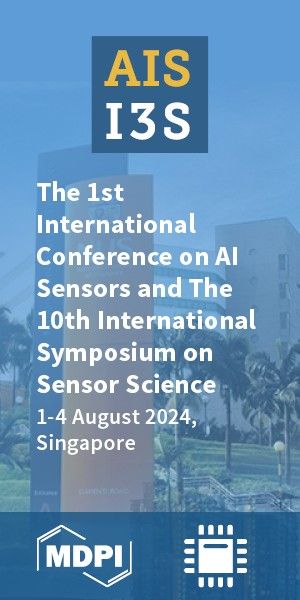Article
Version 1
Preserved in Portico This version is not peer-reviewed
Organic Molecules: Is It Possible to Distinguish Aromatics from Aliphatics Collected by Space Missions in High Speed Impacts?
Version 1
: Received: 22 August 2019 / Approved: 29 August 2019 / Online: 13 September 2019 (00:00:00 CEST)
Version 2 : Received: 22 August 2019 / Approved: 29 August 2019 / Online: 13 March 2020 (00:00:00 CET)
Version 3 : Received: 22 August 2019 / Approved: 29 August 2019 / Online: 8 June 2020 (00:00:00 CEST)
Version 2 : Received: 22 August 2019 / Approved: 29 August 2019 / Online: 13 March 2020 (00:00:00 CET)
Version 3 : Received: 22 August 2019 / Approved: 29 August 2019 / Online: 8 June 2020 (00:00:00 CEST)
A peer-reviewed article of this Preprint also exists.
Burchell, M.; Harriss, K. Organic Molecules: Is It Possible to Distinguish Aromatics from Aliphatics Collected by Space Missions in High-Speed Impacts? Sci 2020, 2, 56. Burchell, M.; Harriss, K. Organic Molecules: Is It Possible to Distinguish Aromatics from Aliphatics Collected by Space Missions in High-Speed Impacts? Sci 2020, 2, 56.
Abstract
A prime site of astrobiological interest within the Solar System is the interior ocean of Enceladus. This ocean has already been shown to contain organic molecules and is thought to have the conditions necessary for more complex organic biomolecules to emerge and potentially even life itself. This sub-surface ocean has been accessed by Cassini, an unmanned spacecraft that interacted with the water plumes ejected naturally from Enceladus. The encounter speed with these plumes and their contents was 5 km s−1 and above. Encounters at such speeds allow analysis of vaporised material from submicron-sized particles within the plume, but sampling micron-sized particles remains an open question. The latter particles can impact metal targets exposed on the exterior of future spacecraft, producing impact craters lined with impactor residue, which can then be analysed. Although there is considerable literature on how mineral grains behave in such high-speed impacts, and also on the relationship between the crater residue and the original grain composition, far less is known regarding the behaviour of organic particles. Here we consider a deceptively simple yet fundamental scientific question: for impacts at speeds of around 5–6 kms−1 would the impactor residue alone be sufficient to enable us to recognise the signature conferred by organic particles? Furthermore, would it be possible to identify the organic molecules involved, or at least distinguish between aromatic and aliphatic chemical structures? For polystyrene (aromatic-rich) and poly (methyl methacrylate) (solely aliphatic) latex particles impinging at around 5 km s−1 onto metal targets, we found that sufficient residue is retained at the impact site to permit identification of a carbon-rich projectile, but not of the particular molecules involved, nor is it currently possible to discriminate between aromatic-rich and solely aliphatic particles. This suggests that an alternative analytical method to simple impacts on metal targets is required to enable successful collection of organic samples in a fly-by Enceladus mission.
Keywords
astrobiology; enceladus; space-missions; organic; aromatic; aliphatic
Subject
Biology and Life Sciences, Biophysics
Copyright: This is an open access article distributed under the Creative Commons Attribution License which permits unrestricted use, distribution, and reproduction in any medium, provided the original work is properly cited.
Comments (0)
We encourage comments and feedback from a broad range of readers. See criteria for comments and our Diversity statement.
Leave a public commentSend a private comment to the author(s)
* All users must log in before leaving a comment







